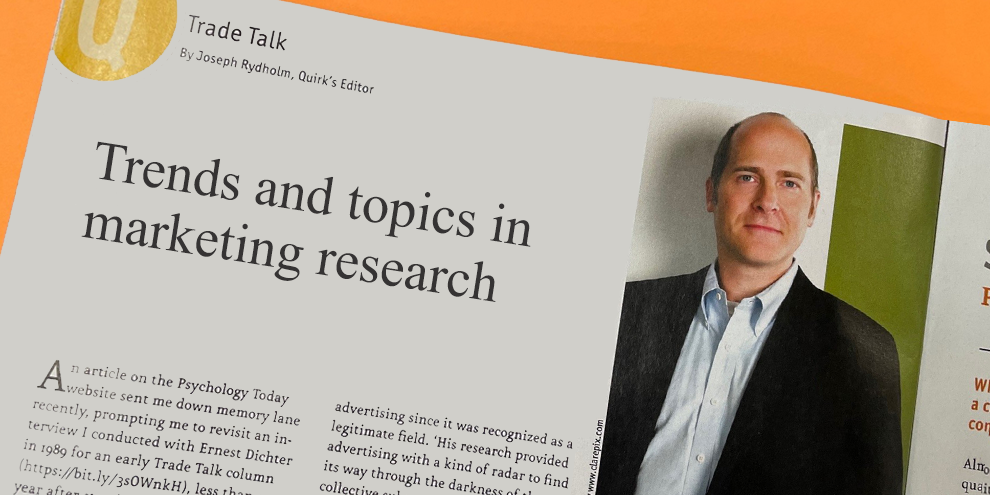Earlier this year, in conjunction with the annual meeting of the Population Association of America, Pew Research Center released an article by D’Vera Cohn and Andrea Caumont compiling some of its recent demography-related findings. As is so often the case with Pew-gathered data, the findings point to repercussions for marketers and advertisers, government officials and marketing researchers.
Americans are more racially and ethnically diverse than in the past. Further, the U.S. is projected to be even more diverse in the coming decades. In fact, Pew says, by 2055, the U.S. will not have a single racial or ethnic majority.
Asia has replaced Latin America (including Mexico) as the biggest source of new immigrants to the U.S. In a reversal of one of the largest mass migrations in modern history, net migration flows from Mexico to the U.S. turned negative between 2009 and 2014, as more Mexicans went home than arrived in the U.S. Meanwhile, Asians are now the only major racial or ethnic group whose numbers are rising mainly because of immigration. And while African immigrants make up a small share of the U.S. immigrant population, their numbers are also growing steadily – roughly doubling every decade since 1970.
America’s demographic changes are shifting the electorate – and American politics. The 2016 electorate will be the most diverse in U.S. history due to strong growth among Hispanic eligible voters, particularly U.S.-born youth.
Millennials, young adults born after 1980, are the new generation to watch. They are the most racially diverse generation in American history: 43 percent of Millennial adults are non-white, the highest share of any generation.
The role of women in the labor force and leadership positions has grown dramatically. Mothers were the sole or primary breadwinner in a record 40 percent of all households with children in 2011.
The American family is changing. After decades of declining marriage rates, the share of American adults who have never been married is at an historic high. Two-parent households are on the decline in the U.S., while divorce, remarriage and cohabitation are on the rise. The roles of mothers and fathers are converging, due in part to the rise of breadwinner moms. Dads are doing more housework and child care, while moms are doing more paid work outside the home.
The share of Americans who live in middle-class households is shrinking. The share of U.S. adults living in middle-income households fell to 50 percent in 2015, after more than four decades in which those households served as the nation’s economic majority.
Christians are declining as a share of the U.S. population; the number of U.S. adults who do not identify with any organized religion has grown. The religiously unaffiliated surged seven percentage points from 2007 to 2104, to make up 23 percent of U.S. adults last year. This trend has been driven in large part by Millennials, 35 percent of whom are religious “nones.” The unaffiliated are now the second-largest religious group in 48 percent of the world’s nations.
The world’s religious makeup will look a lot different by 2050. Over the next four decades, Christians will remain the largest religious group but Islam will grow faster than any other major religion, mostly because Muslims are younger and have more children than any other religious group globally. By 2050, the number of Muslims will nearly equal the number of Christians.
The world is aging. Growth from 1950 to 2010 was rapid – the global population nearly tripled and the U.S. population doubled. However, population growth from 2010 to 2050 is projected to be significantly slower and is expected to tilt strongly to the oldest age groups, both globally and in the U.S.
